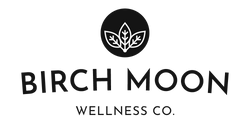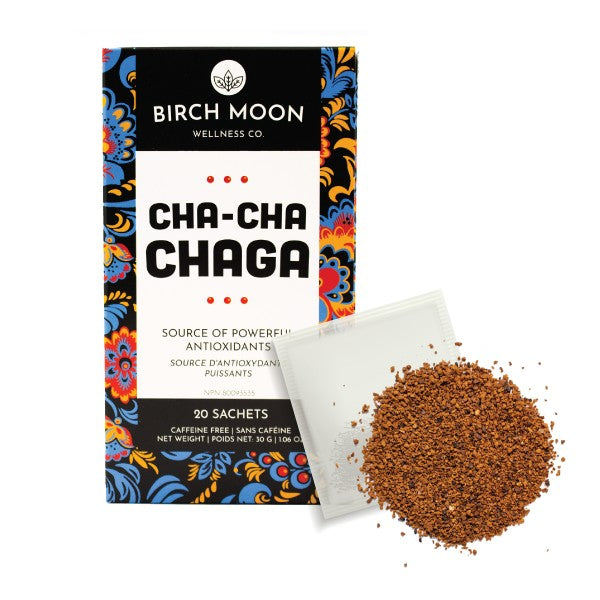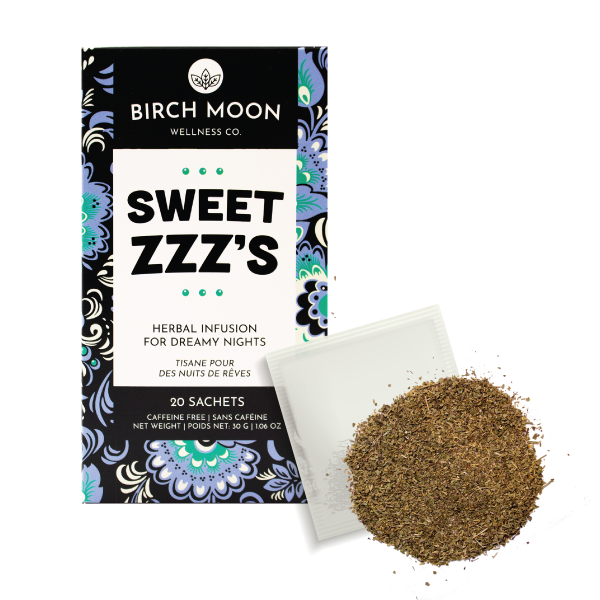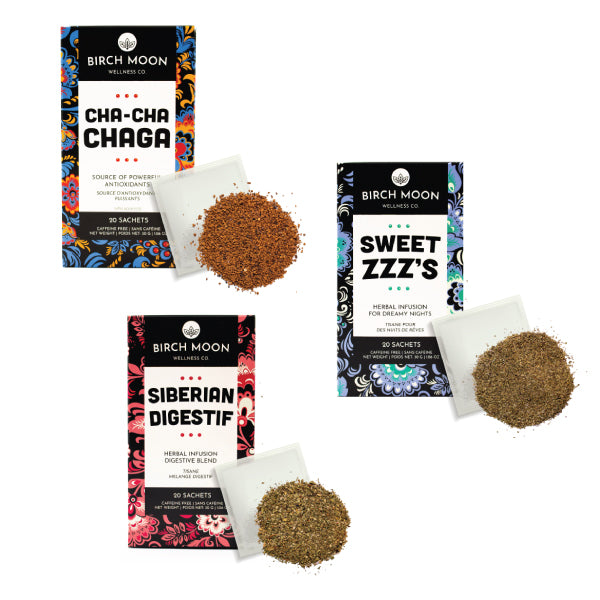Unraveling the Mysteries of Chaga and Reishi
Mushrooms have been revered for their medicinal properties for centuries. Among these, chaga and reishi stand out as two of the most potent and beneficial. When we dive deep into the world of "chaga vs reishi," we uncover their unique histories, health benefits, and the places they call home. Both have been used in traditional medicine, and modern research is only beginning to scratch the surface of their potential.
While chaga boasts a rich history in Siberian folk medicine, reishi, also known as the "Lingzhi" mushroom, has been a staple in Chinese wellness practices. Both have been consumed in teas, tinctures, and powders to address various ailments. The dark, woody appearance of chaga contrasts with the glossy, reddish-brown hue of reishi. Yet, despite their differences, both share an impressive array of health benefits.

Health Benefits: Chaga and Reishi's Natural Gifts
When it comes to the health benefits of chaga and reishi, there's much to discuss. Both mushrooms have been linked to immune system support, thanks to their high content of beta-glucans. These compounds play a crucial role in bolstering the body's defenses against pathogens.
Reishi, in particular, has been studied for its potential anti-inflammatory effects. Some researchers believe it can help alleviate symptoms of allergies and asthma. Chaga, on the other hand, is rich in antioxidants that combat free radicals, potentially reducing the risk of chronic diseases.
Both chaga and reishi have been associated with heart health. They contain compounds that may lower blood pressure and reduce cholesterol levels. Moreover, preliminary studies suggest that these mushrooms might have anti-cancer properties, although more research is needed in this area.
From Forests to Farms: Cultivating Chaga and Reishi
Chaga mushrooms prefer the cold climates of Siberia, Northern Canada, and Alaska. They grow primarily on birch trees, forming a symbiotic relationship with their host. Harvesting chaga requires knowledge and care to ensure the fungus and the tree remain healthy.
Reishi mushrooms, in contrast, are native to Asia, particularly China and Japan. They grow on decaying hardwoods in humid environments. Over time, cultivation techniques have been developed to grow reishi in controlled settings, making it more accessible to those seeking its benefits.
It's fascinating to note that while chaga is harvested from the wild, reishi has been successfully cultivated for commercial use. This difference in cultivation methods has implications for sustainability and accessibility of these valuable fungi.

FAQs: Tackling the Chaga vs Reishi Debate
-
What are the primary health benefits of chaga and reishi? Chaga is known for its antioxidant properties and immune support, while reishi is linked to anti-inflammatory effects, heart health, and potentially anti-cancer properties.
-
Where can you find chaga and reishi mushrooms? Chaga is primarily found in cold regions like Siberia, while reishi is native to Asia. However, reishi is now cultivated worldwide.
-
How are chaga and reishi consumed? Both can be consumed in the form of teas, tinctures, powders, and capsules.
The Cultivation Process: Chaga vs. Reishi
Understanding the "chaga vs reishi" cultivation processes is vital to appreciate their true value. Chaga, being a wild fungus, primarily grows on birch trees in cold climates. While it is challenging to cultivate chaga in controlled environments, some methods mimic its natural habitat to encourage growth. The key is to recreate the cold, forested conditions it thrives in.
Reishi, in contrast, has been successfully cultivated for years. Traditional cultivation methods involve using wooden logs or sawdust as a substrate. However, as technology has advanced, so have the techniques. Today, many growers utilize sterilized grain bags, which provide the necessary nutrients and conditions for reishi to flourish. This controlled environment ensures consistent quality and potency.
Diverse Geographical Roots of Chaga and Reishi
When considering "chaga vs reishi" from a geographical perspective, we find that these fungi have diverse origins. Chaga is native to the Northern Hemisphere and can be found in places like Siberia, North America, and parts of Northern Europe. Its preference for cold climates is evident in its growth pattern.
Reishi, on the other hand, is native to Asia, especially China and Japan. However, due to its medicinal properties, its cultivation has spread worldwide. Today, reishi can be found in various climates, from the humid tropics to temperate regions.
FAQs: A Closer Look at Chaga and Reishi Cultivation
-
Is it possible to grow chaga at home? While challenging, some enthusiasts have had success growing chaga by mimicking its natural environment. However, it requires patience and expertise.
-
How long does it take for reishi to grow in cultivation? Typically, reishi takes a few weeks to a few months to mature, depending on the growing conditions and methods used.
-
What are the ideal conditions for reishi cultivation? Reishi prefers humid conditions with temperatures between 70-80°F (21-27°C). It's essential to provide adequate moisture and air exchange to prevent contamination.

Chaga and Reishi: Sustainability Concerns
"Chaga vs reishi" is not just about health benefits and cultivation; it's also about understanding the sustainability aspects of these fungi. Overharvesting, especially of wild chaga, poses a significant threat to its populations. Since chaga takes years to grow back after being harvested, over-collection can lead to depletion in certain regions. Ethical harvesting, which involves only taking a portion of the fungus and leaving the rest, is crucial to ensure its continued survival.
Reishi, due to its ability to be cultivated, faces fewer sustainability issues. However, as demand grows, ensuring that cultivation methods remain environmentally friendly is paramount. Organic cultivation without the use of harmful pesticides or excessive water ensures that reishi production remains sustainable.
The Healing Potentials: Chaga vs Reishi
Both chaga and reishi have been used in traditional medicine for their potential healing properties. Chaga, rich in antioxidants, is believed to support the immune system, reduce inflammation, and even fight off certain types of cancers. It's also been used to lower blood sugar and cholesterol levels.
Reishi, often referred to as the "mushroom of immortality" in traditional Chinese medicine, is renowned for its potential to increase longevity. Beyond that, it's believed to help with heart health, alleviate stress, reduce fatigue, and boost the immune system.
FAQs: Sustainability and Healing Potentials
-
How can I ensure I'm buying sustainably sourced chaga? Look for suppliers that emphasize ethical harvesting practices. It's also a good idea to research the origin of the chaga and ensure it's not from over-harvested regions.
-
Are there any side effects to consuming chaga or reishi? While both are generally considered safe, it's always a good idea to consult with a healthcare professional before adding any supplement to your routine. Some individuals may experience digestive upset or allergies.
-
How do I incorporate chaga and reishi into my daily routine? Both can be consumed as teas, tinctures, or in powdered form. They can be added to smoothies, soups, or even coffee.
Remember, when diving into the "chaga vs reishi" debate, it's essential to consider not just their health benefits, but also their history, cultivation methods, geographical origins, and sustainability. Both offer unique advantages, and the choice often comes down to individual preferences and needs.
The Historical Significance of Chaga and Reishi
Delving into the annals of history, the "chaga vs reishi" debate takes on a new dimension. Chaga, often called the "King of Mushrooms," boasts a rich history in Siberia and parts of Asia. Indigenous communities valued chaga for its purported health benefits, using it in traditional medicines and rituals. It was often brewed into a tea and consumed for its rejuvenating properties.
Reishi, or the "Lingzhi" mushroom, holds a special place in the history of East Asia. Revered for over 2,000 years, it's been a symbol of longevity, health, and spiritual potency. Emperors, monks, and herbalists alike sought after this mushroom, believing it to have life-extending properties.
Chaga and Reishi in Modern Times
In contemporary times, the allure of both chaga and reishi hasn't waned. The global health community has seen a surge in interest in these mushrooms, driven by both their historical significance and emerging scientific research. As people increasingly seek natural alternatives for health and wellness, both chaga and reishi have found their way into modern kitchens, supplements, and skincare products.
Geographical Spread: From Siberian Forests to Asian Mountains
Navigating the "chaga vs reishi" discourse, geography plays a pivotal role. Chaga primarily thrives in the cold climates of Siberia, Northern Canada, Northern Europe, and the Northern United States. The birch forests of these regions provide the ideal environment for chaga to grow. Its dark, charred appearance often contrasts with the white bark of the birch trees it prefers.
Reishi, on the other hand, prefers the humid climates of Asia, especially China and Japan. While it can be found on various trees, reishi predominantly grows on hardwoods in mountainous areas. The mushroom's shiny, varnished appearance, often red but available in other shades, sets it apart in the dense forests.
Cultivating Chaga and Reishi: Natural vs. Farm-grown
While both chaga and reishi can be found in the wild, the increasing demand has led to cultivation efforts. Wild chaga, due to its specific growth requirements, is more challenging to cultivate than reishi. Most chaga products in the market come from wild sources, hence the emphasis on sustainable harvesting.
Reishi's adaptability gives it an edge in cultivation. Modern farming techniques allow for large-scale reishi production, ensuring a steady supply. This cultivated reishi often matches the potency of its wild counterparts, making it a sustainable choice for consumers.

Chaga, Reishi, and the Path to Wellness
As we wrap up our journey through the world of "chaga vs reishi," it's evident that both these fungi have much to offer. From their storied pasts to their modern applications, they have been revered for centuries. While they hail from different regions and have distinct histories, both mushrooms share a common thread of promoting health and well-being.
Choosing between chaga and reishi isn't a matter of which is superior but understanding what aligns with your health goals and personal preferences. Whether you're drawn to the cold forests of Siberia or the humid mountains of Asia, there's a mushroom waiting to be explored.
Experience the Magic of Chaga Firsthand
Having journeyed through the world of chaga, it's time to experience its benefits for yourself. If you're intrigued by the tales of this unique mushroom and eager to introduce it into your routine, there's no better place to start than with a trusted source. We invite you to explore Birch Moon's Cha-Cha-Chaga Tea. This medicinal mushroom tea powder promises an authentic chaga experience, crafted with care and expertise. Dive into a cup, savor its rich flavors, and embark on your own chaga adventure.





